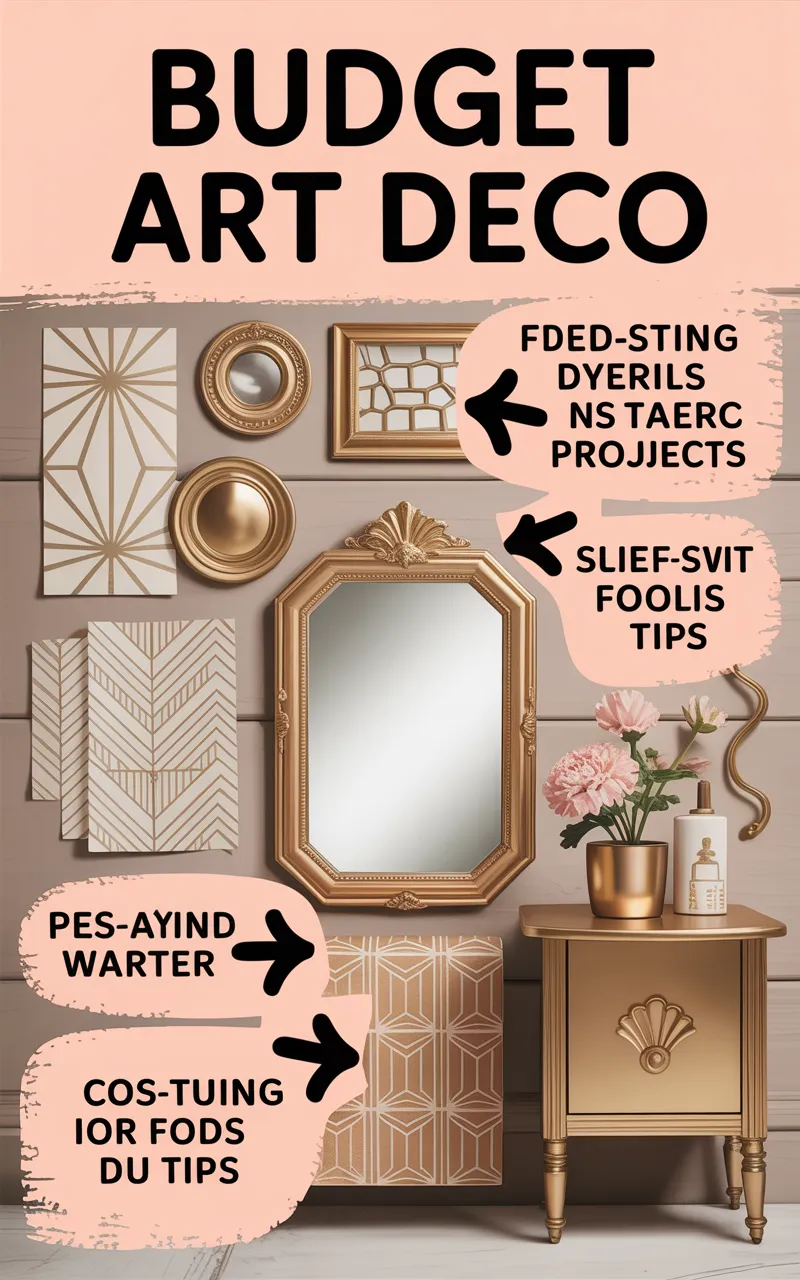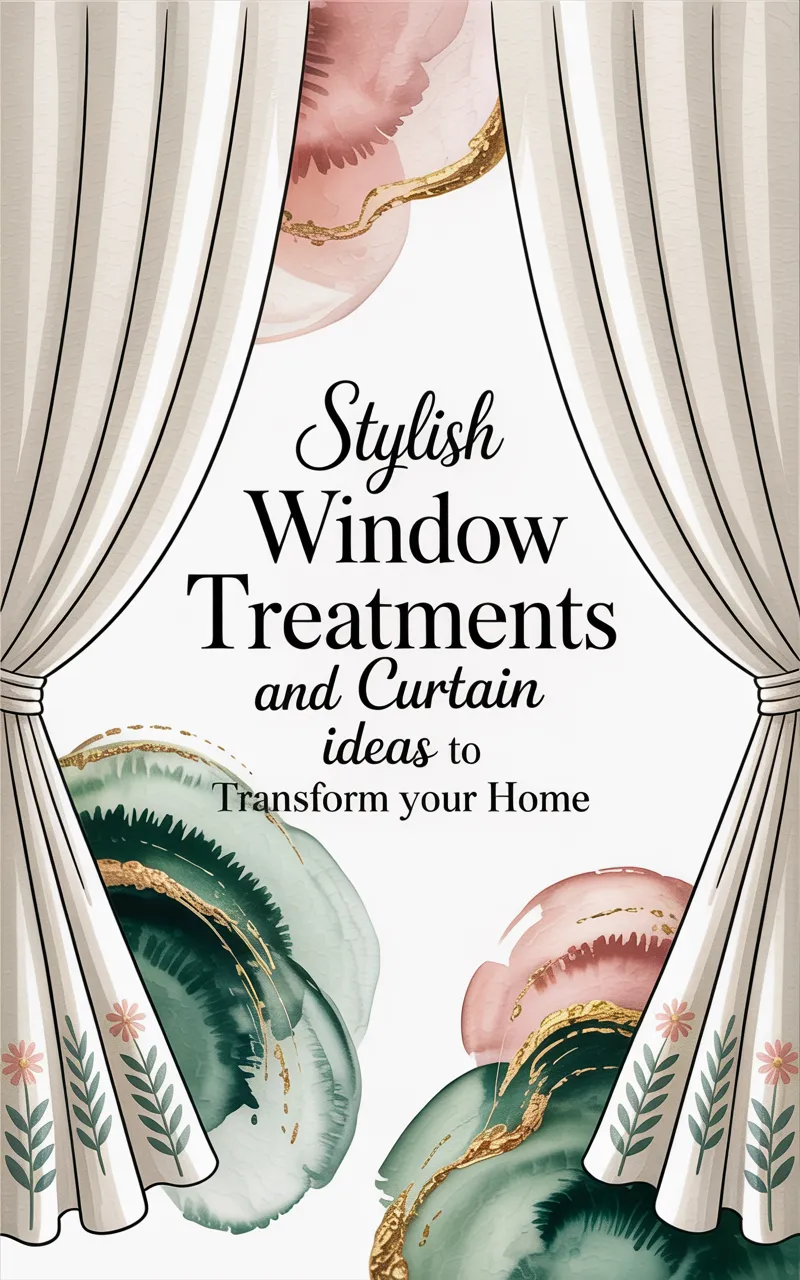Your living room is where you move through the world, and what you choose to include can affirm — or, occasionally, mock — your way of life. green living room (source) As more and more homeowners are prioritizing sustainability, an eco-friendly living room is not just chic—it’s healthy for the planet. The good news? Making a sustainable space doesn’t have to mean sacrificing style or comfort.
On this blog, we will discuss 10 practical rugs in the eco-friendly living room ranging from sustainable materials to energy-saving options. Even if you are starting from scratch or want to give your current space a green makeover, here are a few tips that can help.
Choose Sustainable Furniture
Sustainability is as important when it comes to furniture. A lot of traditional items are crafted from non-renewable materials or are laced with hazardous substances. Choosing environmentally-friendly styles can cut environmental costs.
Key Tips
Choose trees certified sustainable like FSC-certified furniture. This guarantees that the wood is being responsibly sourced.
Reclaim that old furniture instead of getting the new stuff. Give old pieces new life with a coat of eco-friendly paint or polish.
Choose recycled materials, such as furniture made from reclaimed wood or steel, which add character to your space and reduce waste.
Example
And home brands like West Elm and IKEA now offer lines devoted to sustainable and responsibly sourced furniture. Take a look at their planet-friendly collections to begin your search.
Stick With Non-Toxic Paint and Wallpaper
The majority of the traditional paints and wallpapers produce dangerous VOCs into the air, which can damage the indoor air quality, and health. The solution? Switch to greener options.
Key Tips
Low-VOC or VOC-free paint: These aren’t difficult to find and function just like regular paint.
Opt for wallpaper adhesives that are gentle on the environment: Seek out brands that use organic, biodegradable paste to keep things eco-friendly.
Try a plant or mineral-based paint for an organic, chemical-free look.
Example
Brands including Farrow & Ball and Benjamin Moore’s “Natura” line have a wealth of chic options that have some ecocred as well.
Include a Few Plants for Natural Air Purification
Houseplants aren’t just attractive — they also make the air indoors more breathable by absorbing toxins. Some types are especially good for cleaner, fresher air.
Top Picks for Living Rooms
Snake Plant: A nearly unkillable plant that does well without much attention.
Monstera or Swiss Cheese Plant: A popular option for big spaces.
Spider Plant: Purifies pollutants such as carbon monoxide; best for small rooms or shelves.
And while you’re at it, pick responsibly sourced pots or recycled containers to up your green game.
Incorporate Natural Fabrics
Plush textiles are critical for cozying up a living room, but many have been produced with synthetic fibers made from oil. Opt for natural alternatives Instead.
Eco-Friendly Fabric Choices
Organic-cotton or hemp throws and cushions: Just right for the environmentally aware chillaxer.
Wool or jute floor covering: Long-wearing, biodegradable and a natural insulator.
Linen curtains: They leave a chic finish and it is ethically sourced as well.
Example
Think about brands like Coyuchi for organic and sustainable home textiles.
Use Energy-Efficient Lighting
Lighting matters not only because of what it does for your living room but also for the amount of energy it uses. Replacing your regular bulbs is an easy and efficient way to reduce energy consumption.
Energy-Saving Solutions
Choose LED bulbs: They consume up to 75 percent less energy than incandescent bulbs and last much longer.
Use dimmer switches: Dimming the lights saves energy and changes the mood.
Turn to smart lighting: Apps and timers will enable you to keep lights on only when necessary.
Example
Try ENERGY STAR-certified bulbs, or look into smart lighting systems from brands such as Philips Hue.
Upcycle and DIY Decor
Creating a green space doesn’t require a lot of green. Old materials can decorate your living room You can decorate your living room with the old material.
Creative Ideas
Rust wine crate shelving: Take old wine crates and turn them into a floating set of shelves.
Recycled glass vases: Ideal for centerpieces or to hold up a plant or two.
Pallet wood coffee tables: A cool little weekend DIY project that keeps things out of the landfill.
Example
For endless inspiration, plunge into Pinterest or YouTube for countless adorable DIY tutorials.
Choose Sustainable Flooring
When we think about how to make a green living room, we often forget about the floor! But it is one of the largest material uses you can ever think of and it can also have a big [impact] on the environment.
Sustainable Flooring Options
Bamboo flooring: It’s renewable, it’s tough, and it’s hip.
Cork flooring: Soft underfoot and made from the bark of cork oak trees, which renew naturally.
Recycled wood flooring: Revives discarded wood; lends a rustic feel.
Pro Tip
Stay away from carpet or synthetics, which can hold chemicals and are more difficult to recycle.
Lower Your Carbon Footprint With Modular Furniture
At this point, modular furniture isn’t just chic; it’s a responsible choice that can adapt to your life. Versatile pieces reduce your need to replace them frequently.
Top Picks
Modular sofas you can rearrange for a variety of layouts.
Foldout coffee tables or shelving units.
Seating and Ottoman storage in-one.
Such intelligent decisions will enable flexibility and sustainability is guaranteed.
Adorn the Tree with Local Finds
Local decor minimizes emissions from shipping and provides financial support to artists in your area. And each item will probably come with a story, and that story makes your space unique to you.
Examples
Peruse local market stalls for woven baskets, artwork or wooden figurines.
Help small businesses that make handmade items from reclaimed material.
Eco-Certification
If you’re green-checking your goods, a fair trade, sustainably sourced or handmade tag should guarantee the planet-friendly credentials of your purchases.
Adapt and optimize energy consumption
Putting together an eco-friendly living room requires an ongoing effort — not just in what you decide to buy, but in how you manage the things you already own.
Steps to Reduce Energy
When electronics are not in use, keep them unplugged to avoid “phantom power” consumption.
Buy energy monitors so that you can check whether those new appliances are really that heavy-duty.
Seal any and all windows and doors to keep heat from escaping and maintain your energy efficiency all year long.
Tools
Smart plugs or apps make it possible to monitor and optimize energy use from your smartphone.
Build Your Eco-Friendly Haven
You don’t have to make over your living room in an environmentally friendly manner all at once. You can start small and (one step at a time) start to transform your space into an eco-friendly oasis with perhaps just a slip or two of a change. Not only does such a step seriovsly help the environment, it also makes the space healthier and also more appealing to help you relax.
Looking to up your eco-style game? Keep an eye out for more tips and eco-inspiration. Begin your own green living room now!
FAQ
Why should I switch to a sustainable living room design?
Shifting to a sustainable living room design benefits the environment by reducing waste and energy consumption. Additionally, it can create a healthier indoor environment by minimizing exposure to harmful chemicals found in some conventional materials and products.
What are some simple first steps to make my living room eco-friendly?
Start by switching to energy-efficient LED lighting, incorporating furniture made from sustainable or recycled materials, and adding houseplants that purify the air. Even small changes, like using eco-friendly paint or repurposing decor items, can make a difference.
Are eco-friendly materials more expensive?
While some eco-friendly materials may have higher upfront costs, they often prove more cost-effective in the long term due to durability and energy efficiency. Plus, reusing or upcycling items can be a budget-friendly way to design sustainably.
How can I ensure the products I buy are truly eco-friendly?
Look for certifications such as FSC (Forest Stewardship Council) for wood, Fair Trade for textiles, or Energy Star for electronics. These labels provide assurance that the products meet environmental and ethical standards.
Can I still make my living room eco-friendly if I’m renting?
Absolutely! Focus on changes that don’t require permanent alterations, such as using energy-efficient light bulbs, selecting sustainable furniture, and adding portable, eco-friendly decor like rugs or curtains made from organic materials.





Leave a Reply
You must be logged in to post a comment.